This article was medically reviewed by Luba Lee, FNP-BC, MS. Luba Lee, FNP-BC is a Board-Certified Family Nurse Practitioner (FNP) and educator in Tennessee with over a decade of clinical experience. Luba has certifications in Pediatric Advanced Life Support (PALS), Emergency Medicine, Advanced Cardiac Life Support (ACLS), Team Building, and Critical Care Nursing. She received her Master of Science in Nursing (MSN) from the University of Tennessee in 2006.
There are 9 references cited in this article, which can be found at the bottom of the page.
This article has been viewed 16,589 times.
Cauliflower ear is a preventable condition that isn’t dangerous, but it’s unsightly and can cause pain. Fortunately, there are some steps you can take to reduce your likelihood of having a cauliflower ear. The best means of prevention is to wear a helmet or ear protection when participating in a physical sport like martial arts or wrestling. In case you do get injured, getting prompt and aggressive treatment in the ER or your doctor’s office can prevent cauliflower ear from developing.[1] In addition to its distinctive physical appearance, cauliflower ear can cause pain and interfere with aspects of daily life, e.g., wearing headphones. If you receive blunt trauma to an ear, visit a doctor right away so they can drain and repair the cartilage.
Steps
Guarding Your Ears from Injury
-
1Put on a helmet before engaging in wrestling or boxing. This is a crucial step in preventing cauliflower ear. If you’re engaging in sports like boxing, wrestling, or rugby, always wear a helmet that covers your ears. Wrestlers and boxers should wear soft helmets that cover the entire head (ears included) and also provide some protection for your forehead and the sides of your face.[2]
- Even if you’re only sparring or practicing in a non-competitive setting, it’s still smart to wear a protective helmet.
-
2Use ear guards before participating in martial arts. Martial arts like ju-jitsu typically prohibit participants from wearing full helmets. So, protect your ears by wearing an ear guard. An ear guard will wrap around the sides of your head and may be held in place with a chin strap. While ear guards provide less overall protection than helmets, they’re still an effective means of preventing cauliflower ear.[3]
- You can purchase protective ear guards at most sporting goods stores, including stores whose inventory is dedicated to wrestling and martial-arts supplies.
Advertisement -
3Wear a helmet when you ride your bike, rollerblade, or skateboard. Although it’s most associated with wrestling and boxing, you can get a cauliflower ear from any blunt trauma to the head. This means that you could get it from falling over on a bike or taking a hard fall on a skateboard. Wearing a helmet will protect your ears and prevent cauliflower ear.[4]
- Using a helmet will also prevent serious brain injuries and concussions.[5]
Seeking Medical Attention to Prevent Permanent Cauliflower Ear
-
1Visit an emergency room immediately after your ear receives trauma. Many athletes are inclined to wait a few days before seeing a doctor after receiving a sharp blow to the ear. Cauliflower ear will not go away on its own and it will not get better with time. So, as soon as you notice that you have a cauliflower ear (e.g., after a wrestling match), visit a local emergency room or urgent care center.[6]
- The cauliflower ear will be irreversible by the time the clotted blood in your ear dries. This may take as little as 2-3 days.[7]
-
2Ask a doctor to drain the ear. This needs to happen before the fluids have dried in your ear. A doctor will use a scalpel to make a small incision in the outer surface of your damaged ear and allow the coagulating blood and other fluids to drain out from the hematoma. The draining process will take from 5 to 15 minutes.[8]
- Draining the ear will “deflate” the swollen cartilage and help the ear return to its normal shape.
- This may seem scary, but having your ear drained is a relatively quick and painless procedure. It will also help your ear return to a normal shape.
-
3Let the doctor apply a pressure dressing to repair damaged cartilage. Just draining the ear will not restore the skin and cartilage to their normal shapes. To re-shape the outer ear, the doctor will apply a sterile compress to the damaged portion of your ear. The compress will hold together the 2 sides of skin and press them against the ruptured cartilage.[9] >
- Ask the doctor how long you’ll need to wear the compress. They may ask you to keep it on for 3 or 4 days.
-
4Allow the doctor to stitch your ear if it’s disconnected. If your upper ear received severe trauma, the internal cartilage may be torn or disconnected from the base of the ear cartilage. Once a doctor has drained the ear and has restored the cartilage to its normal shape, they can stitch together your torn upper ear. The doctor will do this by stitching the torn portion of your ear back onto the base.[10]
- Ask the doctor how long you should leave the stitches in for, and if you can remove them yourself.
-
5Take any oral antibiotics that your doctor prescribes. Untreated cauliflower ears are susceptible to infection or perichondritis (a type of ear infection which can deform the ear cartilage). To prevent infection, your doctor may prescribe you an oral antibiotic medication. Take this medication as directed by your doctor.[11]
- An infected cauliflower ear can lead to serious health conditions and may necessitate the ear’s eventual amputation.
-
6See an ENT specialist if your doctor refers you. If your doctor’s office isn’t equipped to re-shape and sterilize your cauliflower ear, or if the damage is severe, the doctor may refer you to an ENT (ears, nose, throat) specialist. Visit the specialist as soon as you can, and work with them to prevent the damage to your cauliflower ear from becoming permanent.
- If your ear is severely disfigured, your general practitioner may also refer you to a plastic surgeon to reconstruct the ear.
-
7Have the cauliflower ear drained again if it refills. Hematomas that have been drained once can refill with blood. This commonly occurs if the ear is re-traumatized, although hematomas can refill even without being struck. If you notice that your cauliflower ear has changed shape or has turned purple or red in color, pay another visit to your doctor.[12]
- Some cauliflower ears need to be drained multiple times before the hematoma stops recurring.
- When cauliflower ear is treated quickly and aggressively, it usually does not cause permanent damage. If you delay treatment, however, there is a risk that insufficient blood flow to your ear may result in further damage or deformity.
Warnings
- Do not attempt to drain a cauliflower ear on your own. You could end up inadvertently infecting the ear.⧼thumbs_response⧽
References
- ↑ https://www.nationwidechildrens.org/specialties/sports-medicine/sports-medicine-articles/cauliflower-ear-article
- ↑ https://kidshealth.org/en/kids/cauliflower-ear.html
- ↑ https://blog.chocchildrens.org/how-to-prevent-cauliflower-ear-in-your-child/
- ↑ https://kidshealth.org/en/kids/cauliflower-ear.html
- ↑ https://www.aans.org/Patients/Neurosurgical-Conditions-and-Treatments/Sports-related-Head-Injury
- ↑ https://my.clevelandclinic.org/health/diseases/17574-ear-injuries-and-trauma
- ↑ https://www.ncbi.nlm.nih.gov/books/NBK470424/
- ↑ https://my.clevelandclinic.org/health/diseases/17574-ear-injuries-and-trauma
- ↑ https://jamanetwork.com/journals/jama/article-abstract/242031
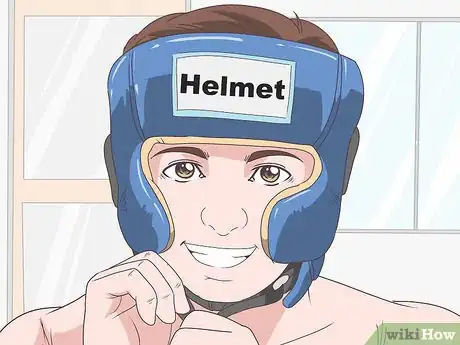


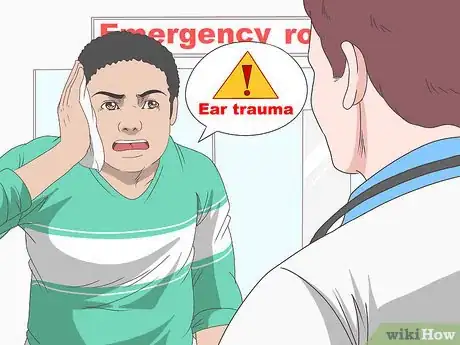
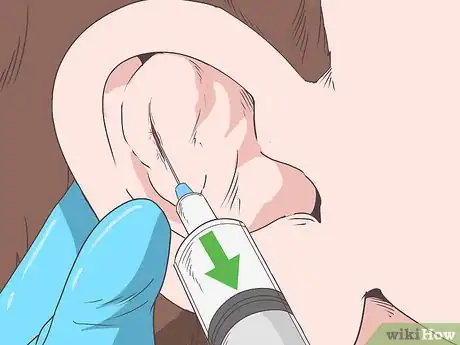
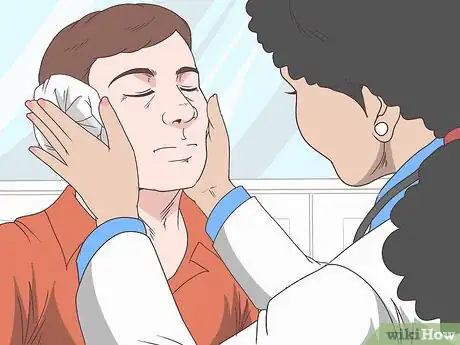

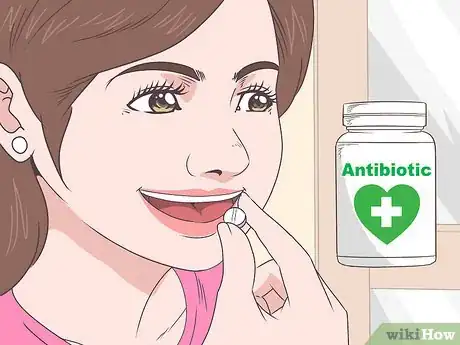

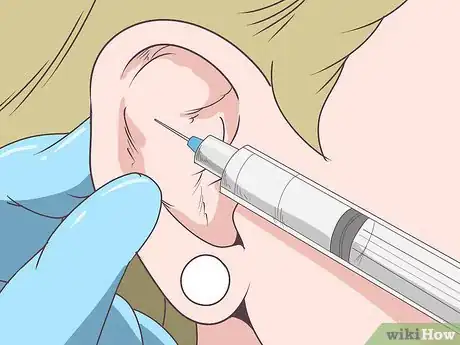
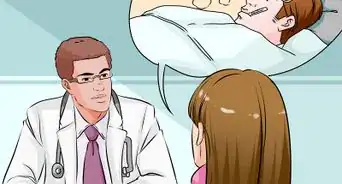






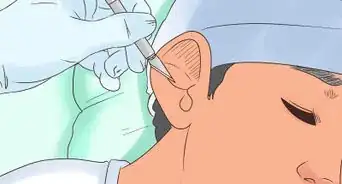
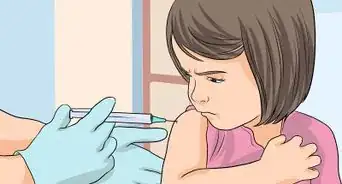
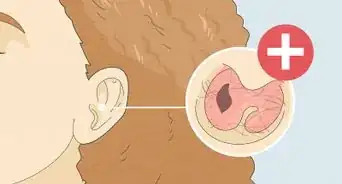
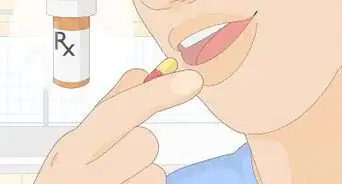

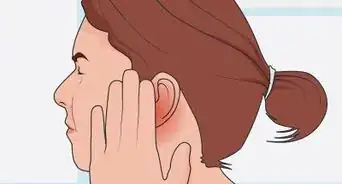








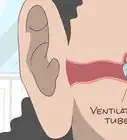
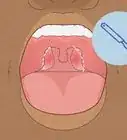




































Medical Disclaimer
The content of this article is not intended to be a substitute for professional medical advice, examination, diagnosis, or treatment. You should always contact your doctor or other qualified healthcare professional before starting, changing, or stopping any kind of health treatment.
Read More...